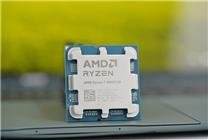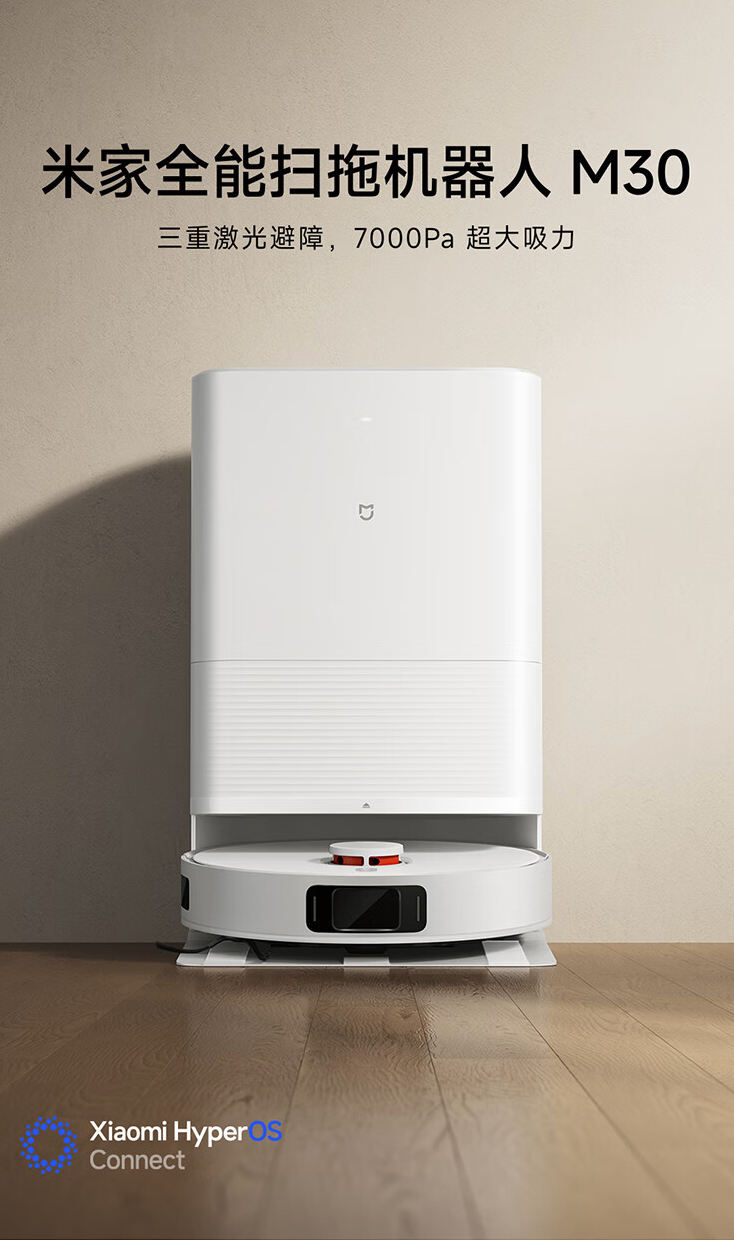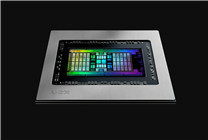Ryzen 7 9800X3D vs. Core Ultra 9 285K: A Comprehensive Performance Comparison
Summary
- Memory Performance Discrepancies: The Ultra 9 285K showcases approximately double the read bandwidth compared to the Ryzen 7 9800X3D; however, its latency overshadows this advantage.
- Chiplet Architecture Impact: The new chiplet design of the Ultra 9 285K has significantly increased memory latency, raising questions about its gaming capabilities compared to AMD’s offering.
- Testing Methodology: Both processors were tested under optimal conditions with competitive memory configurations to assess real-world gaming performance.
Introduction: The Duel of Processors
In the competitive world of high-performance processors, the Core Ultra 9 285K grapples with its predecessor’s legacy. Despite boasting top-tier specifications, this new addition to Intel’s lineup struggles to surpass the renowned Ryzen 7 9800X3D in gaming scenarios. This article delves into the core specifications and comparative performance of these processors, scrutinizing how memory and architecture influence their capabilities.
Design and Architectural Analysis
The Core Ultra 9 285K marks Intel’s debut with chiplet architecture on a desktop, featuring a division of the memory controller and CPU core into separate tiles. This innovative approach, while promising potential, has unfortunately led to a staggering 50% increase in memory latency. Furthermore, the Ultra 9 285K’s full-core frequency is notably 500MHz lower than that of its predecessor, the i9-14900KS, demonstrating a shift towards more conservative design choices.
This evolution poses several challenges, particularly in terms of gaming performance. The Ultra 9 285K’s architecture is experiencing performance setbacks, as even AMD’s budget Ryzen 5 9600X can deliver superior gaming metrics.
Memory Configuration: Optimizing for Performance
To evaluate the true performance of the Ultra 9 285K, we paired this processor with Kingston FURY Rebel DDR5-8400 memory. Priced at approximately 2699 yuan, this RAM configuration includes dual 24GB modules, optimized to run at 8400MHz with timings set to 40-52-52-134. Prior to testing, we fine-tuned the BIOS settings to streamline latency.
In comparison, the AMD platform utilizes Colorful CVN DDR5-6600 memory, adjusted to run at 6200MHz with timings of 30-38-38-96. This setup reaffirms the performance thresholds suitable for both architectures in a competitive gaming environment.
Performance Metrics: The Numbers Game
After rigorous testing, the following memory bandwidth and latency metrics were recorded:
-
Intel Ultra 9 285K:
- Read Bandwidth: 124GB/s
- Write Bandwidth: 101GB/s
- Copy Bandwidth: 110GB/s
- Latency: 80.3ns
- AMD Ryzen 7 9800X3D:
- Read Bandwidth: 63GB/s
- Write Bandwidth: 85GB/s
- Copy Bandwidth: 58GB/s
- Latency: 72.7ns
While the Intel architecture achieves a nearly twofold advantage in read speed, the elevated latency presents a challenge that could diminish its effective gaming performance. Comparatively, the Ryzen 7 9800X3D maintains lower latency, thus enhancing its real-world applicability in gaming scenarios.
Comparative Analysis of Performance Outcomes
The comparative data illustrate a dichotomy between the two platforms. The Ultra 9 285K’s superior bandwidth largely offsets the performance metrics of the Ryzen 7 9800X3D; however, the higher latency could hinder gaming experiences, particularly in scenarios demanding rapid data transfer and real-time calculations.
In terms of gaming remnants, it appears that the innovative chiplet architecture, while ambitious, hasn’t fully translated into superior gaming performance yet. Several factors contribute to this conclusion, including:
- Latency Impact: The increased latency of the Ultra 9 285K undermines its theoretical advantages.
- Architecture Adaptation: As Intel’s designs evolve, real-world applications must materialize true gains over established competitors like AMD.
- Budget Considerations: For gamers and enthusiasts, understanding performance per price point remains critical in assessing the value of these processors.
Conclusion: A Divergent Path Ahead
As we conclude the analysis between the Ryzen 7 9800X3D and the Core Ultra 9 285K, it is evident that while Intel’s latest offering showcases outstanding specifications, the operational reality presents a more complex picture. The combination of bandwidth advantages and potential inefficiencies introduced by chiplet architecture poses a considerable hurdle.
For consumers and tech enthusiasts alike, the question remains: Does the Ultra 9 285K’s enhanced specifications justify the premium when competing against stable and proven options like the Ryzen 7 9800X3D? Only with further optimizations and real-world performance enhancements can Intel hope to bridge the existing gap in high-performance gaming.






